Details
La storia di Buccia Nera
La storia enologica della famiglia Mancini inizia alla fine dell’Ottocento con la costruzione della prima cantina a San Polo e la coltivazione dei primi vigneti del Podere della Filandra, poi prosegue con le acquisizioni successive delle Tenute di Campriano e di Muciafora, la proprietà più recente. Già a partire dal 1926, la famiglia si impegna subito nella produzione di Chianti doc, con l’impiego di sole vasche di cemento. Siamo negli anni ’70, quando Amadio Mancini, affiancato dalla moglie Patrizia, subentra nella direzione dell’azienda ed è subito intenzionato ad ammodernarne e migliorarne le tecniche di coltivazione e produzione. Sono anni di grande sviluppo, grazie al rinnovo dei vigneti e all’impianto dei nuovi oliveti.
E siamo nel 2002, quando Amadio certifica ufficialmente la conduzione biologica, avviata già da molti anni per l’intera produzione aziendale. In contemporanea rispetto a questa decisione, partono nella Tenuta di Campriano i lavori per la costruzione di una nuova cantina, più grande e funzionale per poter stare al passo con le tecniche di vinificazione più aggiornate.
Si stanno delineando i tratti di questa piccola azienda a conduzione familiare: un nome particolare, ereditato da un nonno dalla pelle molto scura, colorata e inspessita dal sole e dalle tante ore trascorse nei campi a lavorare; cinquanta ettari di vigneti distribuiti tra Campriano e le colline dell’aretino; e ultima, ma vincente su tutto, un’agricoltura biologica e sostenibile. Oggi, a gestire l’azienda, sono Anastasia, Alessia e Roberta Mancini, figlie di Amadio che, dopo anni al fianco del padre, hanno dovuto ereditarne il ruolo, forse troppo presto rispetto alla loro volontà. Grazie agli insegnamenti del babbo, ai solchi profondi che lui ha tracciato, ne seguono tutti i giorni le orme, ciascuna con le proprie inclinazioni, per dare concretezza agli obiettivi aziendali.
La produzione
Un’agricoltura biologica e sostenibile. Queste sono le parole chiave del lavoro svolto in azienda. I vigneti sono situati in zone leggermente diverse con terreni leggermente differenti nelle percentuali tra argilla, sabbia e limo, ma comunque tutti leggermente calcarei, ricchi di scheletro e ben arieggiati. La varietà prevalentemente coltivata è il Sangiovese insieme a piccole quantità di Syrah, Cabernet Sauvignon, Merlot, Malvasia Nera, Alicante, Ciliegiolo, Canaiolo, Trebbiano Toscano, Malvasia del Chianti, Grechetto e Chardonnay. Nella Cantina si trova una zona dedicata alla produzione del Vin Santo, al piano primo nel sotto tetto, dove i piccoli caratelli di legno beneficiano dell’escursione termica tra inverno e estate e riposano per 5 anni prima di essere degustati.
Products
BUCCIA NERA SYRAH
Rosso Toscana IGT - Syrah
BUCCIA NERA SENZA SOLFITI AGGIUNTI
Rosso Toscana IGT - Sangiovese
Sassocupo
Rosso Chianti Superiore DOCG - Sangiovese e Canaiolo
Podere della Filandra Rosso
Rosso Chianti DOCG - Sangiovese
Podere della Filandra Bianco
Bianco Toscana IGT - Trebbiano, Malvasia e Grechetto
Olio Extra Vergine di Oliva
Olio Extra Vergine di Oliva Toscano IGP - Moraiolo, Frantoio, Leccino e Pendolino
Olio Extra Vergine di Oliva
Olio di oliva - Moraiolo, Frantoio, Leccino e Pendolino
Pa'ro Toscano Rosso
Rosso Toscana IGT - Cabernet Sauvignon e Merlot
Tenuta di Campriano Rosso
Rosso Chianti DOCG - Sangiovese e altre varietà
BUCCIA NERA CHARDONNAY
Bianco Toscana IGT - Chardonnay
BUCCIA NERA ROSATO
Rosato Toscana IGT - Ciliegiolo
PA'RO ORANGE
Orange Wine Toscana IGT - Trebbiano e Grechetto
GUARNIENTE
Rosso Chianti DOCG - Vegano - Sangiovese
Confondo Bianco - Metodo Ancestrale
Igt Toscana Bianco Frizzante - Chardonnay, Traminer, Incrocio Manzoni, Malvasia, Sauvignon Blanc, Pinot Bianco, Pinot Grigio, Moscato Giallo
Curiosities
- Buccia Nera è un'azienda vinicola biologica, con sede a Campriano (Arezzo), che produce vini tipici come il Chianti, il Chianti Sup, il Vin Santo, ma anche quelli internazionali
Nearby places to visit
- Arezzo: cittadina ricca di storia, in cui le attrazioni non mancano, come la Basilica di San Francesco in cui poter vedere gli affreschi di Piero Della Francesca, la Piazza Grande in cui è stato girato il film “La vita è bella” di Roberto Benigni, il Duomo di San Donato, la casa museo di Giorgio Vasari, l’Anfiteatro Romano e la Fortezza Medicea.
- Fiera Antiquaria di Arezzo: considerata la “più grande e più bella” fra i mercati all’aperto, grazie anche allo straordinario contesto storico e architettonico in cui si svolge. Da 49 anni ogni prima domenica e il sabato precedente, in Piazza Grande e nelle vie del centro storico, presenta al pubblico, ai collezionisti e agli amanti del genere una grande quantità di oggetti che costituiscono la storia e l’identità della nostra civiltà, regalando ad appassionati e addetti ai lavori il piacere della trouvaille, ovvero la scoperta e la ricerca del pezzo raro o curioso.
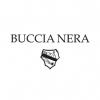
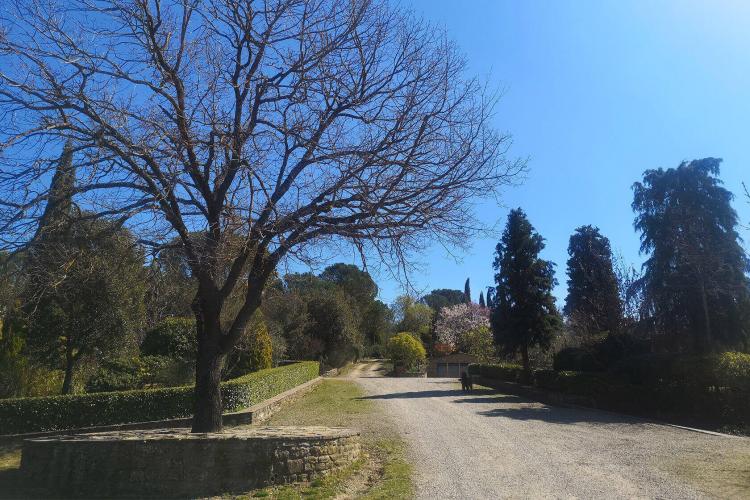
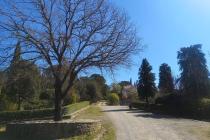
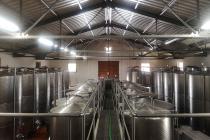
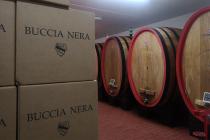
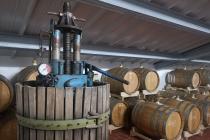
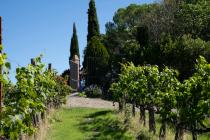
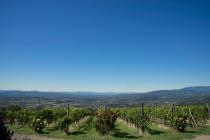
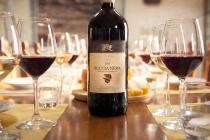
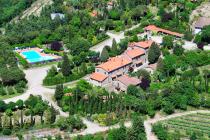
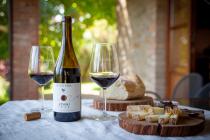
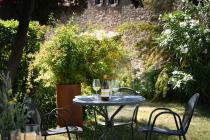
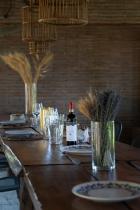

Share